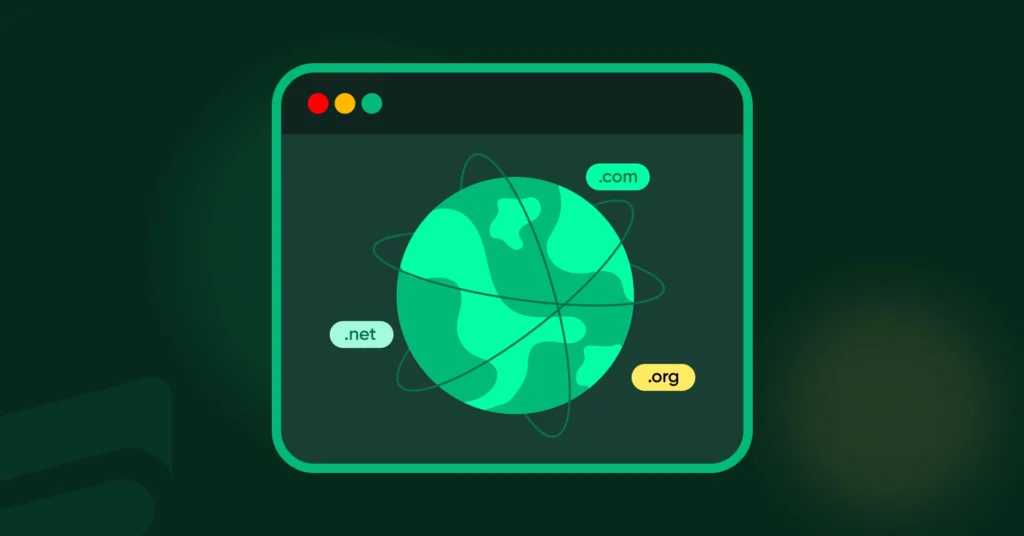
People come in all shapes and sizes. So how can all your customers be the same? They can’t. That’s why businesses have come up with the strategy of customer profiling. We know it sounds like something that you’d get done at the hands of your local law enforcement. That certainly is not the case.
Customer profiling is the process of finding the individuals that have the best chance of using and appreciating your product. Most businesses tend to put in a lot of effort in creating this profile.
It’s a sort of structured approach that helps you know the goals your customers have, which features help them achieve those goals, and what’s the best way to reach them.
The most critical fact to remember is that a vague, inconsistent client profile doesn’t just set you back on the quarterly revenue. It can actually undermine the core values of your business.
So if you are struggling with customer profiling you’ve come to the right place. In this article we’ll look at why you need customer profiling and how you can do it effectively.
Why is Customer Profiling needed?
Customer profiling starts with evaluating existing customers so that you can predict future customers. To put it in broad terms, customer profiling is important for a number of reasons. You can offer tons of solutions for everyone and still get a limited niche of customers. To prevent that from happening you need to develop customer profiles. Other than that customer profiles are important because,
1. Identify the perfect fit
Customers that are the most satisfied tend to be the ones who make the best use of any product. The likelihood of that depends for the most part on whether your product was the right choice for them.
Selling to customers that don’t care for the things you have to offer is an easy way to earn bad reviews. Which is why finding the perfect-fit customer base is crucial for businesses.
Improved customer profiling helps your sales team close deals faster and more effectively. If the customers are perfect-fit that leads to better reviews and overall improved customer satisfaction.
2. Lower customer acquisition costs
Customer acquisition cost (CAC) is basically the amount you have to spend in order to gain new customers. This is one of the most critical costs that marketing and sales managers concern themselves with.
Having a low CAC means you have a larger profit margin to work with. Along with that, you get to channel resources to other departments such as support, research, business development etc.
Customer profiling reduces both acquisition, retention and support costs simply by helping you target campaigns better and using the resources effectively.
3. Reduces Customer Churn
Customer churn is something that happens when you lose customers on a periodic basis. This usually happens when your marketing is well done but your service is not. Customers come to your business, get somewhat or no satisfaction and then decide to take their business elsewhere.
Customer profiling lets you target customers with the most potential. That too not only for making a purchase but appreciating and advocating your brand as a whole. When you target the right customers it’s not just easy to sell to them, it’s easy to keep them onboard as well.
How to create customer profiles
Now that we’ve covered why customer profiling is beneficial we can get to how you can do it effectively for your business. But before we get to how you can create your own customer profiles we’d like to list the information that you need to make an accurate client profile.
Things you’ll need for customer profiling
Demographic Data– Where your customers are based is the most basic thing you need to know to predict the best tones, designs and pain points.
Customer feedback– Customer feedback is necessary to assess your existing strategies and find the gaps in it.
Industry specific data– Every industry has its quirks when it comes to customer expectation and working standards. Gotta jot them down.
Refined USP– Unique selling proposition is what set’s your product apart from the competition. You need to refine and reiterate your product’s USP on a regular basis.
Profiles Tool– To manage all the information above you need a CRM tool or a contact management system
Step 1: Create ideal buyer descriptions
To make this step clear let’s consider a basic product such as soap. It’s an everyday product that almost everyone uses. That being said, why are there so many brands of soaps to choose from?
The reason is, while everyone needs and uses soap, everyone has their own reason too. Some prefer bubbly freshness while others just need something to wash up with. Essentially that’s where customer profiling comes in.
If you’re a soap brand hosting an ecommerce site you’ll want to offer a range of products that cater to a variety of needs. Your masculine soap range of gunsmoke and bacon won’t catch on with most women, while your gentle baby soap ain’t going to cut it with teenagers who play lacroce.
This is exactly where you need to establish the target customer profile for each of your products.
Here’s how we’ve done it,
Right around the time we were considering Fluent Support as a WordPress ticketing system, we had a sort of vague idea about who might use it. After extensive beta testing and market research we had a few clear user groups.
First there’s the cost/agent pricing model with SaaS solutions. We knew this wouldn’t work for small businesses with a high growth rate. Since we wanted small and medium businesses to get the best from us, we made the pricing plans more affordable without premium add-on costs. That’s one group catered to.
Next we considered who is going to be making the purchasing decision and who’s going to research products. Sadly enough they turned out to be different people altogether. While an administrator will make the purchase decision, the research will depend on support engineers/managers that will use the product.
Finally when we began creating strategies, support engineers were the TG audience. However, we also keep enough substance to enable purchasing decisions by the admins.
This is essentially what customer profiling looks like. Briefly speaking.
Step 2: Identify goals & features
Now that we’ve got the basic client profile, it’s time to evaluate the product and who it serves the best. Similar to the two types of buyers we considered in the previous section, we can also consider what the product will offer for those types.
For instance, a manager will want tons of reports, fast response times and account controls. On the other hand an agent needs easy collaboration, custom notifications, stored replies, email piping etc. While the managers’ needs are for overall team performance, the agents’ needs are more self oriented.
To account for both these needs we combined the best from both worlds, to make a product that caters to everyone’s needs however you look at it. This gave us the opportunity to really get creative with our copies for converting both these groups.
Similarly, Fluent Support, as in the product, became an all encompassing solution that can amaze agents and satisfy managers. That being said, we had to actively avoid thinning out the product’s potential to satisfy one group or the other.
Step 3: Know where customers will find you
Last but not the least is to learn where to put what, about you and your product. Yes, we know you’ve got a website, and people can easily find anything about you. But there is so much more to that.
Considering client profiles in this regard is crucial. Let’s go back to our two types of customers. Up to this point we customized our sales strategy and our final product design.
Now it’s time to consider where a customer is most likely to engage with your efforts and convert into a loyal customer. Good concepts to consider in this context is White bread and Wheat bread content.
White bread content is as bland as it sounds. Content that’s a bit generalized and offers trivial insights into an industry usually attracts general readers that aren’t researching anything in particular. Rather they’ll be using your White bread content as a stepping stone to learn. You can expect people in this group to actively seek out and purchase from your brand. Simply because they aren’t in the purchasing mindset.
In contrast, Wheat bread content is full of technical know-how that try to solve complex (and sometimes utterly nonsensical) problems. People looking for these contents are usually well versed with what you’re trying to sell. Which means your content has to cover a lot more ground both creatively as well as qualitatively.
So writing jargon in casual blogs while making technical blogs full of small talk is not the way to go. It’ll annoy both kinds of customers and you’ll lose potential revenue.
When creating a content plan or brand guideline, it’s essential to distinguish these groups and customize content for all the types.
This not only reduces the need for resources, but also offers concise solutions for anyone visiting your site.
Wrapping Up
So that’s customer profiling explained. Customer profiling is something that every business needs to undertake. However most businesses end up creating buyer persona’s instead of customer profiles.
No, the two are not the same. We’ll elaborate on them very soon. But as far as customer profiling goes, now you know why it’s absolutely crucial, how it helps you achieve your goals and creates a positive brand image.
Make sure to try out the steps for your own customer profiling journey.
Until next time, happy serving!
Start off with a powerful ticketing system that delivers smooth collaboration right out of the box.













Leave a Reply